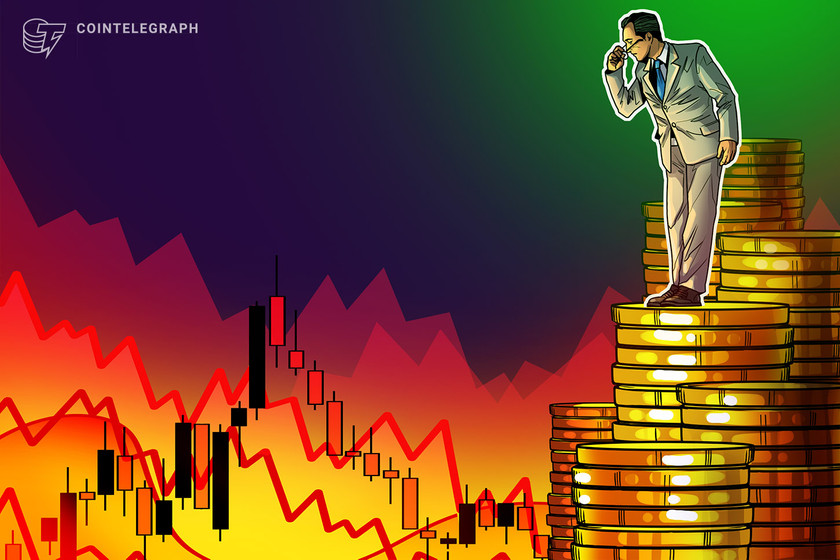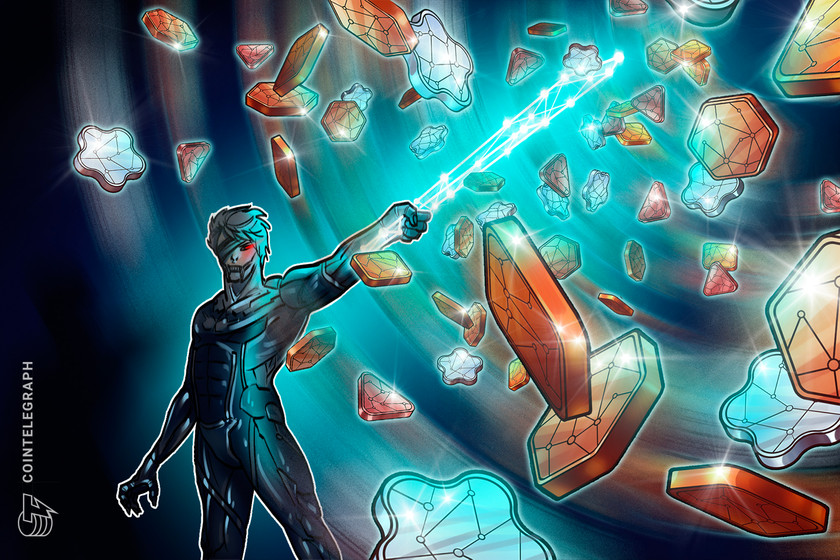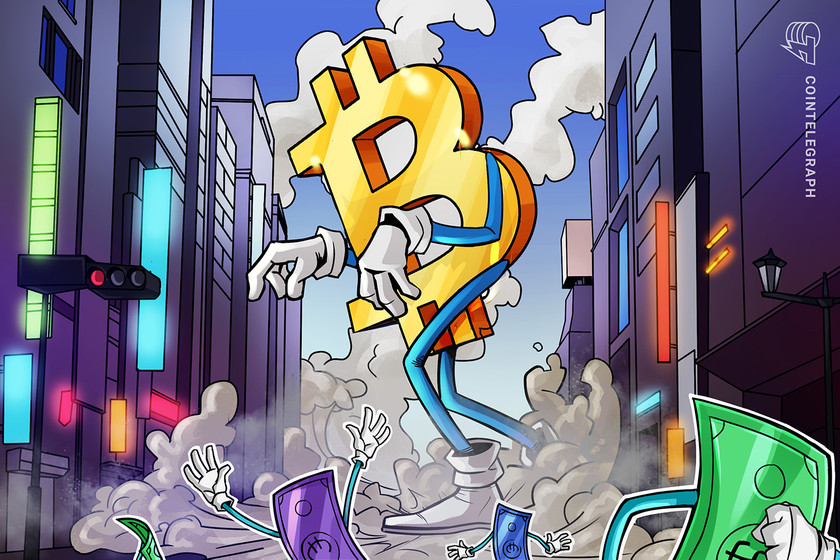Spot Bitcoin ETF approval to propel BTC to $1M in ‘days to weeks,’ says Samson Mow


Bitcoin is likely to reach $1 million quickly due to a “torrent of money” coming from institutional investors in 2024, according to the Jan3 CEO.
Bitcoin (BTC) will likely reach $1 million in the “days to weeks” following the approval of a spot BTC exchange-traded fund (ETF), according to Jan3 CEO Samson Mow.
“You’re hitting a very limited supply of Bitcoin on the exchanges and available for purchase with a torrent of money,” Mow said, referring to the inflow of institutional capital that is expected following a potential spot ETF approval.
“This is why you can go really high all at one time,” he added.























